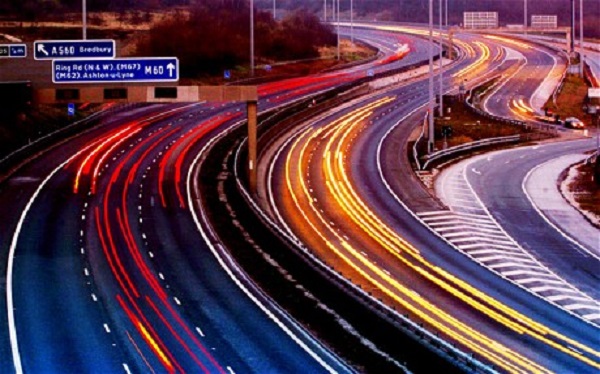The global shift towards low-carbon, circular economy has started and its pace is accelerating. To ensure Europe stays competitive and will be able to respond to the increasing mobility needs of people and goods, the Commission’s low-emission mobility strategy sets clear and fair guiding principles to Member States to prepare for the future. The Energy Union strategy contributes to this goal.
 The low-emission mobility strategy frames the initiatives that the Commission is planning in the coming years, and it maps the areas in which it is exploring options. It also shows how initiatives in related fields are linked and how synergies can be achieved. It should be seen as one of the tools to modernise the European economy and strengthen its Internal Market.
The low-emission mobility strategy frames the initiatives that the Commission is planning in the coming years, and it maps the areas in which it is exploring options. It also shows how initiatives in related fields are linked and how synergies can be achieved. It should be seen as one of the tools to modernise the European economy and strengthen its Internal Market.
The main elements of the Strategy:
Increasing the efficiency of the transport system by making the most of digital technologies, smart pricing and further encouraging the shift to lower emission transport modes,
Speeding up the deployment of low-emission alternative energy for transport, such as advanced biofuels, electricity, hydrogen and renewable synthetic fuels and removing obstacles to the electrification of transport
Moving towards zero-emission vehicles. While further improvements to the internal combustion engine will be needed, Europe needs to accelerate the transition towards low- and zero-emission vehicles. (EU legislation currently refers to low-emission vehicles as vehicles having tailpipe emissions below 50g/km. This would include some plug-in hybrids, full electric cars and fuel cell (i.e. hydrogen-powered) vehicles. The latter two examples also represent zero-emission vehicles.)




